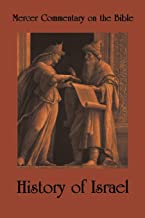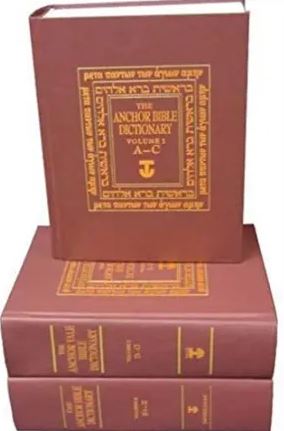Image: Ram in a Thicket
The ancient city of Ur was one of the most important cities in the ancient Sumerian world. The city appears in the Bible as “Ur of the Chaldeans” (Genesis 11:28). According to the book of Genesis, Ur was the city where Abraham’s family lived and from where Terah, Abraham’s father, left with his family to move to Haran. Terah’s journey with his family is described in the book of Genesis as follows:
“Terah took his son Abram and his grandson Lot son of Haran, and his daughter-in-law Sarai, his son Abram’s wife, and they went out together from Ur of the Chaldeans to go into the land of Canaan; but when they came to Haran, they settled there” (Genesis 11:31).
The city of Ur was excavated by British archaeologist Charles Leonard Woolley. Woolley’s work at Ur began in 1922. He discovered some of the greatest treasures of Ur in the ruins of the royal cemeteries. Some of the items Woolley discovered were the Copper Bull and the pair of Ram in a Thicket figurines.
A recent news report reveals that the ancient site of Ur is being destroyed by the lack of preservation and by the natural elements. Below is an excerpt from the report:
Standing before the imposing ziggurat which was once part of a temple complex at the Sumerian capital of Ur, Iraqi archaeologist Abdelamir Hamdani worried about the natural elements that are eating away at one of the wonders of Mesopotamia.
“Is there anybody thinking about preserving these monuments?” asked the doctoral student from New York’s Stony Brook University who is one of the leaders of a nascent project to conserve the few unearthed remains of ancient Mesopotamia, one of the cradles of civilization.
The buried treasures of Ur still beckon foreign archaeologists who have begun cautiously returning to Iraq, but experts like Hamdani say that preserving the sites is more urgent than digging for more.
Ur, the Biblical birthplace of Abraham, and which more than 4,000 years ago was the capital of a prosperous empire ruling over Mesopotamia, is believed to have so far relinquished only a fraction of its buried antiquities.
You can read the news report in its entirety here.
According to Hamdani, only 10% of the ancient site of Ur has been excavated. He believes that most of the ancient treasures of Ur remain buried under the ruins of the city. In addition to Ur, Hamdani said there are 12,000 archaeological sites in Iraq that need to be excavated.
Archaeology has helped Biblical scholars to gain a better understanding of the Biblical world and has opened the past by providing important information about the culture of the many people who lived in the Ancient Near East.
But our knowledge of these ancient civilizations is incomplete because archaeologists have been unable to recover the information that can broaden our perspective of the life and culture of the people who lived in cities and nations of the Ancient Near East.
Let us hope that the ongoing project between the people of Iraq and several universities and cultural organizations can preserve the site of ancient Ur and map the most important archaeological sites for future excavations.
Claude Mariottini
Emeritus Professor of Old Testament
Northern Baptist Seminary
NOTE: Did you like this post? Do you think other people would like to read this post? Be sure to share this post on Facebook and share a link on Twitter or Tumblr so that others may enjoy reading it too!
I would love to hear from you! Let me know what you thought of this post by leaving a comment below. Be sure to like my page on Facebook, follow me on Twitter, follow me on Tumblr, Facebook, and subscribe to my blog to receive each post by email.
If you are looking for other series of studies on the Old Testament, visit the Archive section and you will find many studies that deal with a variety of topics.

















Pingback: Can Archaeology Prove the Bible? by Claude F. Mariottini | Crossmap Blogs